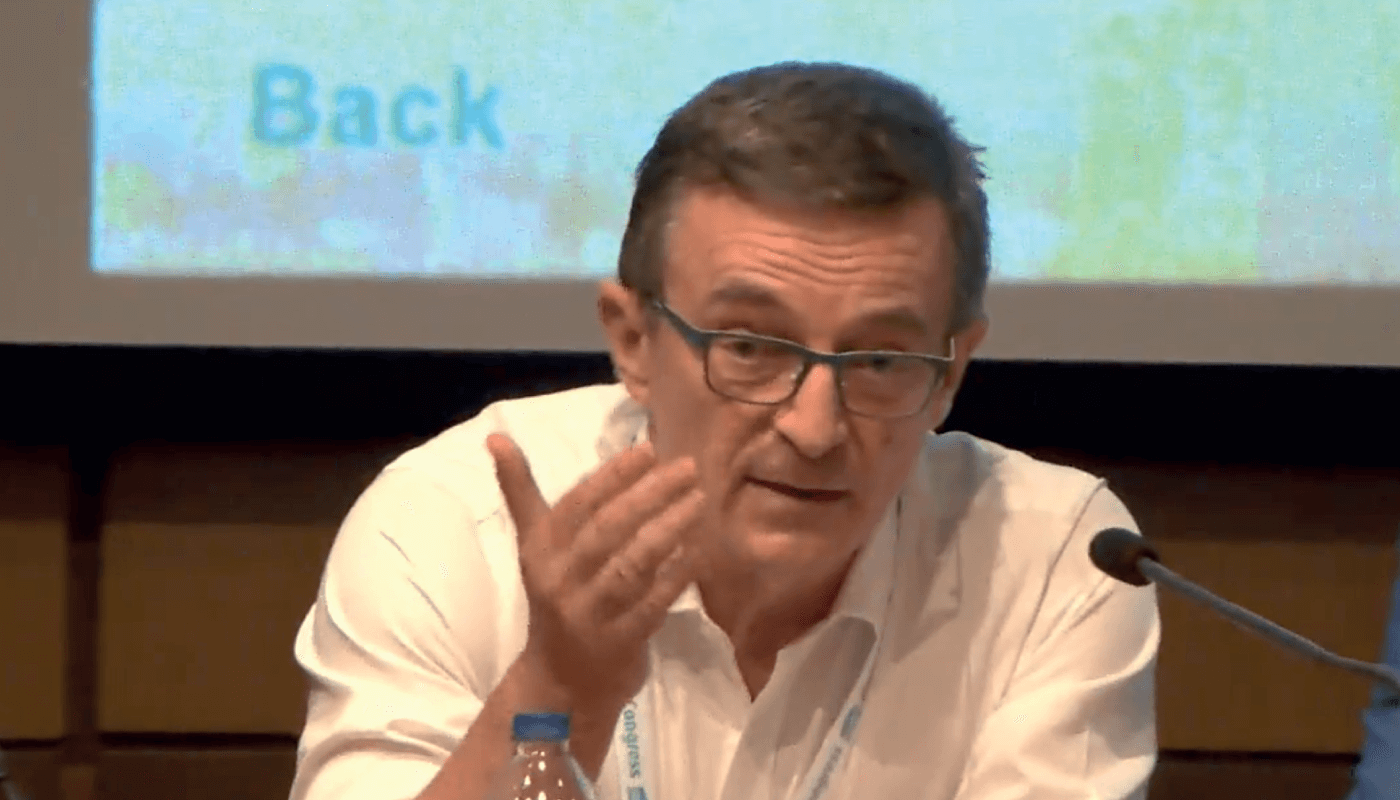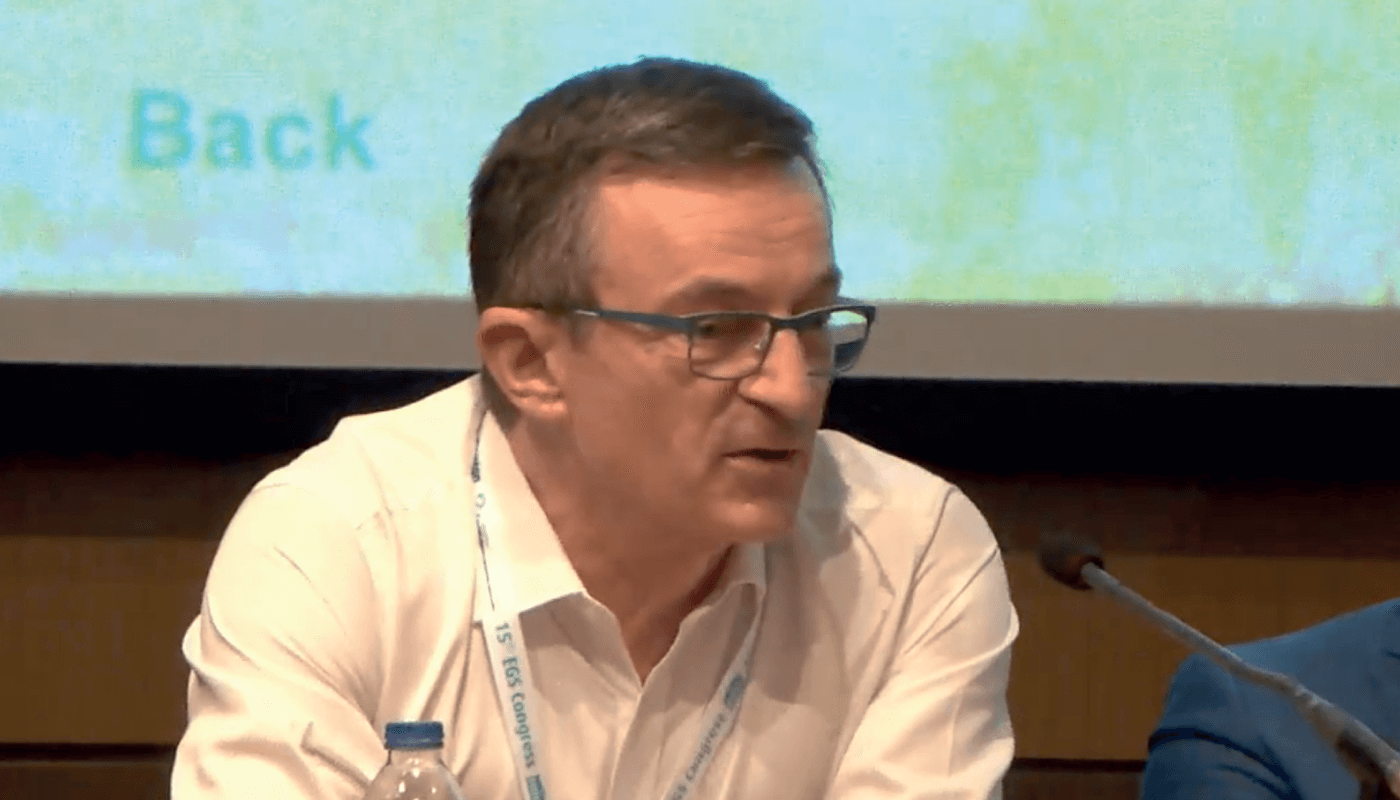
Antonio Fea, Clinical Professor within the Department of Surgical Sciences in the Ophthalmic Hospital of Turin, Italy
For over a hundred years, ophthalmic specialists have been trying to find a way to target the suprachoroidal space, with no success – until now. Has MIGS finally provided the way to achieve target intraocular pressure (IOP) by enhancing natural outflow from the anterior chamber to the supraciliary space?
Meet MINIject
iSTAR Medical has developed MINIject, an innovative MIGS device for patients with open-angle glaucoma, which combines the unique porous structure of its proprietary STAR® material with the outflow power offered by the supraciliary space via a minimally-invasive procedure. The material is soft, flexible and has anti-fibrotic properties. It consists of micropores that enable a natural fluid flowrate through the material. As a result, it is designed to enhance fluid outflow along the whole implant, reducing IOP and the need for medication, while bio-integrating with surrounding tissue, limiting inflammation, fibrosis, and subsequent complications. The device is considered as potentially best-in-class for its promising long-term efficacy and safety.
Implanting the device involves a relatively simple, standalone technique accessing the supraciliary space. It is ab interno, requires an incision around 2.2 mm, and is bleb-free. Only 0.5 mm of the implant remains in the anterior chamber of the eye.
The anti-fibrotic STAR® material
The MINIject implant is made from a proprietary material with a unique structure composed of an organised network of hollow spheres that encourage a natural flow speed. The porous design reduces the incidence of fibrosis and minimizes scarring, thus increasing implant durability.
The implant itself is made of silicone, but given the hollow nature of the material architecture, the majority of the implant is mainly empty space. In fact, the implant is only 30 percent silicone and contains more than 180,000 pores which make up 2/3 of the implant’s volume of interconnected outflow space. Experiments in a rabbit model have shown that the implant is colonized by host cells from surrounding tissues which bio-integrate into the material, retaining its ability to transfer fluid, but also tricking the body so that it recognizes it as its own (1). Pre-clinical studies show that bio-integration stabilizes at 1-month post-procedure without impacting flow. This reduces the chance of rejection and fibrosis, one of the main issues with this type of surgery. Bio-integration of cells into the implant sustains its efficacy by preventing fibrosis and encapsulation around the implant.
The advantages of MINIject
The design of the device confers a meaningful and sustained performance; it is capable of reproducibly and sustainably lowering IOP significantly: recent results presented by me demonstrated a significant and meaningful 39 percent reduction from medicated pre-procedure IOP of 23.8 mmHg to 14.4 mmHg at two-year follow-up (2). Being entirely made of proprietary anti-fibrotic STAR material and addressing the suprachoroidal space negates the need for mitomycin and prevents issues resulting from blebbing. Targeting the supraciliary space also spares the conjunctiva.
The surgery itself is a safe and predictable procedure: an intuitive, familiar ab interno implantation. The implant is soft and conforms readily to the eye. Being bleb-free with no needling required, and using an ab interno implantation technique, the procedure enables faster patient recovery and lower post-operative patient management.
The device has several safety features. There is a safety lock to prevent accidental release before the implant is correctly positioned. The implant is flexible and can follow the curvature of the sclera from the inside, avoiding unnecessary tissue damage. A visible marking (green ring) on the implant allows proper positioning at the scleral spur and below Schwalbe’s line, and this avoids the implant rubbing onto the cornea causing epithelial damage. The procedure yields a low rate of secondary glaucoma surgery.
MINIject Case studies
Chrys Dimitriou, Consultant Ophthalmic Surgeon in complex cataract and glaucoma, based at the Colchester Eye Centre of Excellence, Essex, UK
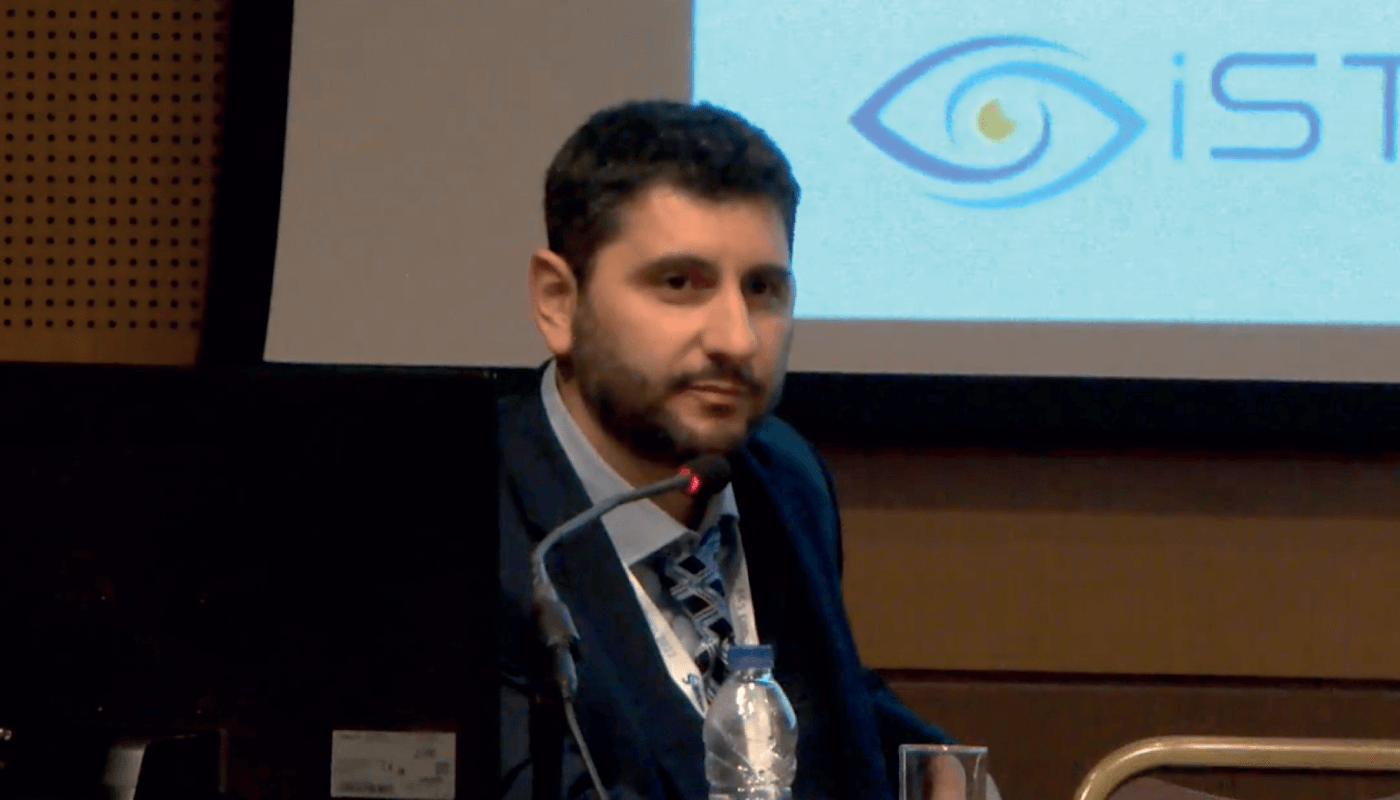
Case Study 1
86-year-old female patient underwent surgery in her right eye for mild-to-moderate POAG with slow progression. She had vertebra-basilar ischaemia. At presentation, her IOP was 18 mmHg; she had very thin corneas. She was on three medications.
Following the procedure, the patient had good visual acuity, and all three medications were stopped.
Day 1 IOP: 10 mmHg
Week 1 IOP: 14 mmHg
Month 1 IOP: 14 mmHg (no medications)
Month 2 IOP: 12 mmHg (no medications, 33 percent IOP lowering)
The patient has requested and is scheduled for a procedure with MINIject in her left eye.
Case Study 2
76-year-old male patient opted for surgeries in both eyes in the space of two months. He presented with mild POAG with slow progression. His baseline IOP was OD/OS 26/22 mmHg, with a combined therapy of two medications.
Following the two procedures, the patient had good visual acuity in both eyes, with both medications stopped.
Day 1 IOP: right eye 14 mmHg, left eye 10 mmHg
Week 1 IOP: right eye 18 mmHg, left eye 10 mmHg
Month 1 IOP: right eye 14 mmHg, left eye 9 mmHg (59 percent IOP lowering, no medications)
Month 2 IOP: right eye 14 mmHg (46 percent IOP lowering, no medications), the left eye is yet to complete the two-month follow-up.
Case Study 3
80-year-old female patient underwent surgery in her left eye. She suffered from advanced POAG, with left hemi-retinal vein occlusion, which accelerated the rate of glaucoma progression. She suffered from ocular surface issues, had poor compliance to treatments and medications, and wanted to avoid trabeculectomy. Her IOP was 21 mmHg, on two medications.
Following the procedure, the patient had stable visual acuity, with both medications stopped.
Day 1 IOP: 6 mmHg
Week 1 IOP: 8 mmHg
Month 1 IOP: 12 mmHg (no medications, 43 percent IOP lowering)
The patient is very happy not to be using antiglaucoma medications and has appreciated fewer follow-up visits than in the case of trabeculectomy as she lives in a remote location.
Karsten Klabe, ophthalmic surgeon at Breyer, Kaymak & Klabe Augenchirurgie in Düsseldorf, Germany
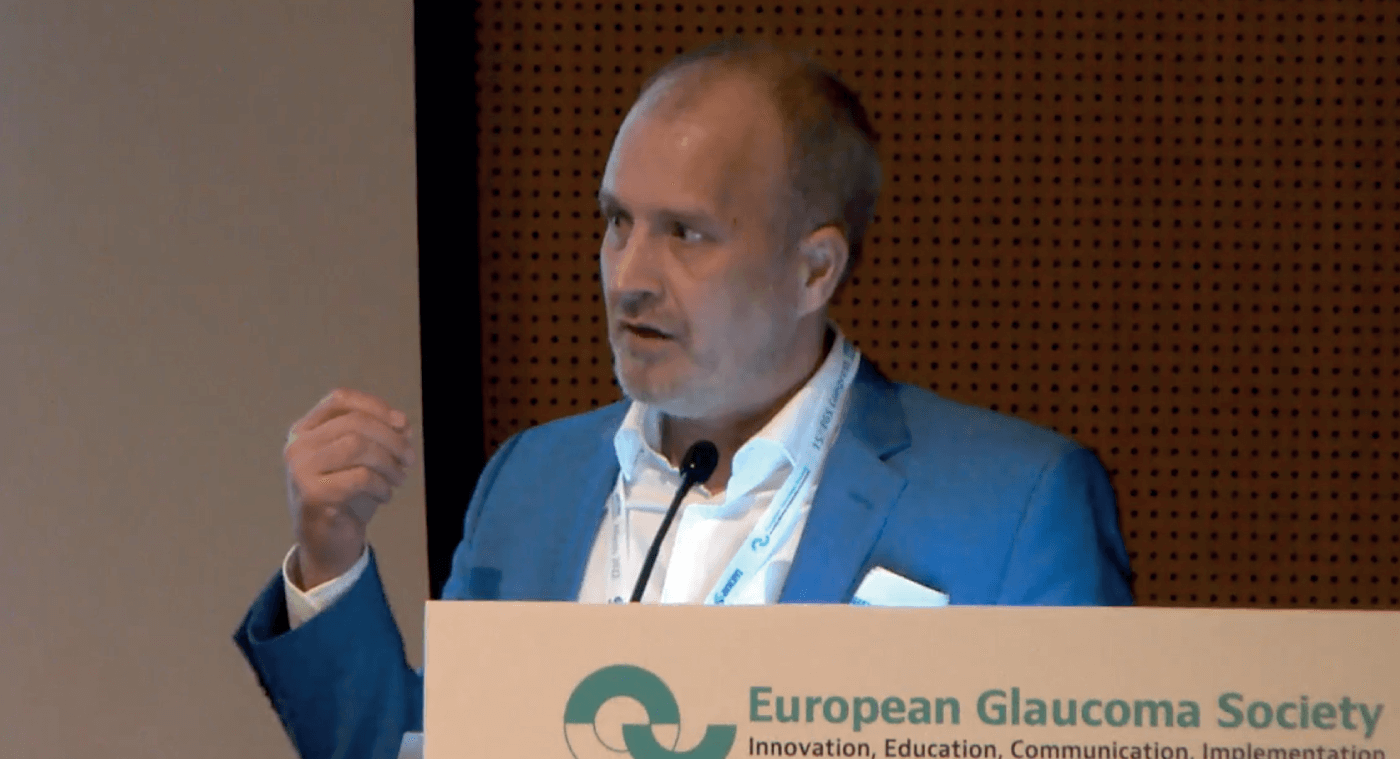
Case Study 4
A 69-year-old pseudophakic male patient had undergone multiple SLT/ALT treatments with mild POAG. The pressure was 28 mmHg under two medications and the MD was -2,28 dB. The tolerability of localized medication was low. The patient asked for an alternative therapy knowing that another laser procedure would not be successful. With the assumption that an improvement of the conventional outflow was limited, my team decided to address the uveoscleral pathway instead.
Day 1 IOP: 7 mmHg
Week 1 IOP: 11 mmHg
Month 1 IOP: 22 mmHg, Ganfort 1 day (close of iris cleft)
Month 2 IOP: 14 mmHg (no medications)
Month 3 IOP: 16 mmHg (no medications, 43 percent lowering)
Case Study 5
62-year-old female pseudophakic patient with moderate OAG underwent surgery in her right eye. Her IOP at baseline was 23 mmHg. She was very keen to get rid of her medication as she suffered from many side effects (previously on PGA, betablocker, CAI, and Alpha-agonist; at baseline Azarga: betablocker + CAI, twice daily).
Following the procedure:
Day 1 IOP: 10 mmHg
Week 1 IOP: 12 mmHg
Month 1 IOP: 16 mmHg (no medications)
Month 3 IOP: 15 mmHg (no medications, 35 percent IOP lowering)
Access to a new supraciliary device that offers meaningful and sustained IOP reduction is an exciting prospect in our journey to improve the treatment of patients with glaucoma. Initial results in both clinical and real-life experiences are promising. We will continue to follow the progress of MINIject and its longer-term results in the hope that it can provide the balance of efficacy and safety that we have been looking for since we started exploring the suprachoroidal space over a hundred years ago.
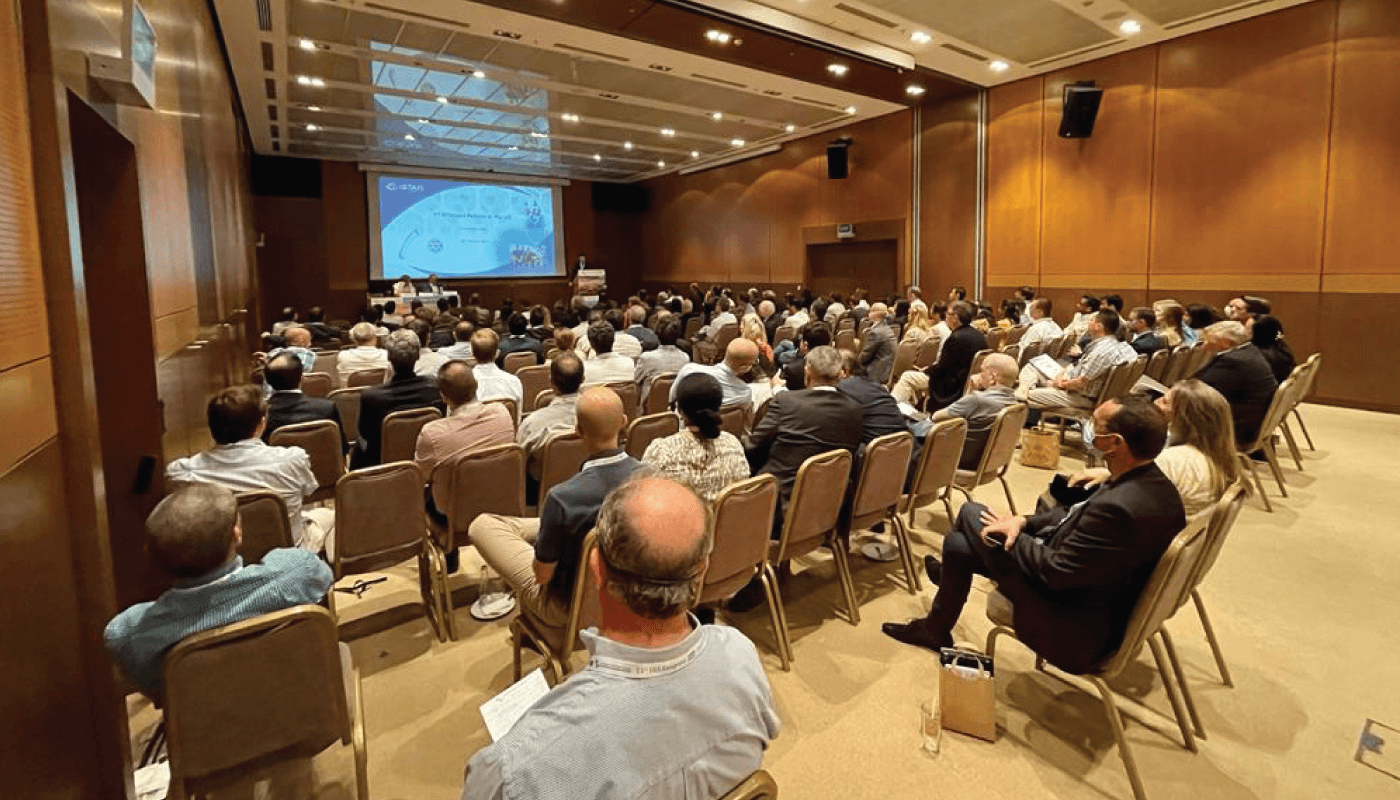
References
I Grierson et al., “A novel suprachoroidal microinvasive glaucoma implant: in vivo biocompatibility and biointegration”, BMC Biomed Eng, 2, 10 (2020). PMID: 33073174.
-
A Fea, “Back to the Future – Supraciliary MIGS at Last?” Presented at the 15th European Glaucoma Society Congress; Jun 4, 2022; Athens, Greece.
